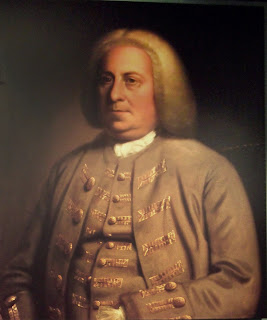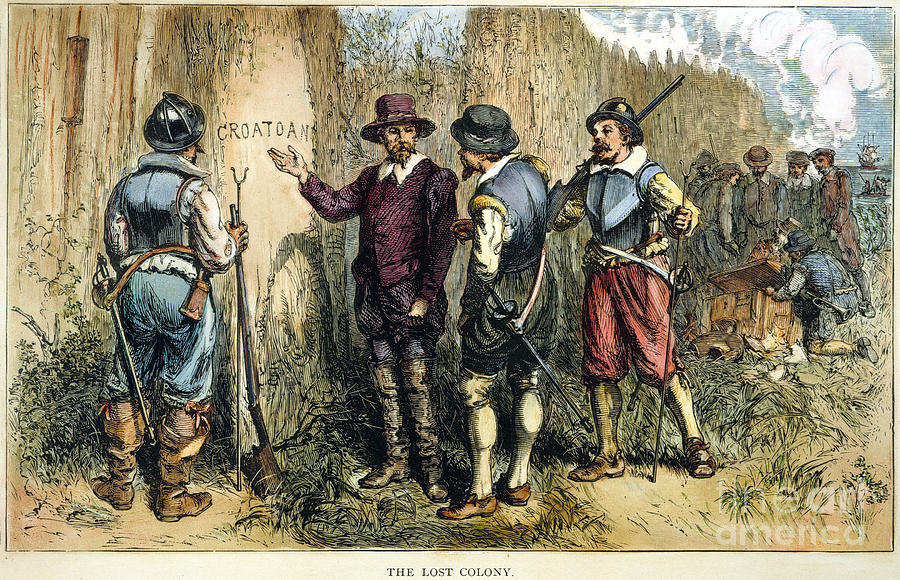
This political cartoon depicts a pro-Jackson viewpoint of the "Bank War" which was president Andrew Jackson's campaign to bring an end the the second national bank. The cartoon shows Jackson raising a cane saying veto, representing his actions in congress when they handed him a bill to recharter the bank. Jackson is also talking to his vice president at the time, Martin Van Buren, telling him to support his destruction of the national bank, or be killed by the monster in the cartoon. The biggest head on the monster is Nicholas Biddle, the president of the 2nd national bank and obviously Jackson's biggest opponent in the "Bank War", with the other heads being people of power in states which supported the national bank. Due to the fact that the bank is represented by an evil and grotesque monster, the artist was clearly in favor of Jackson's stance on the national bank and wanted it's destruction.


